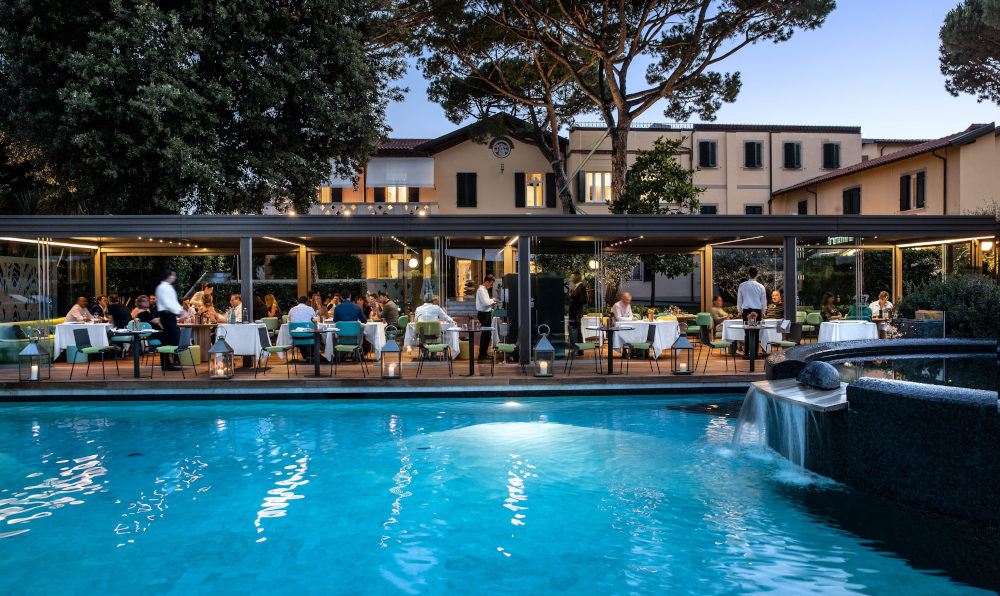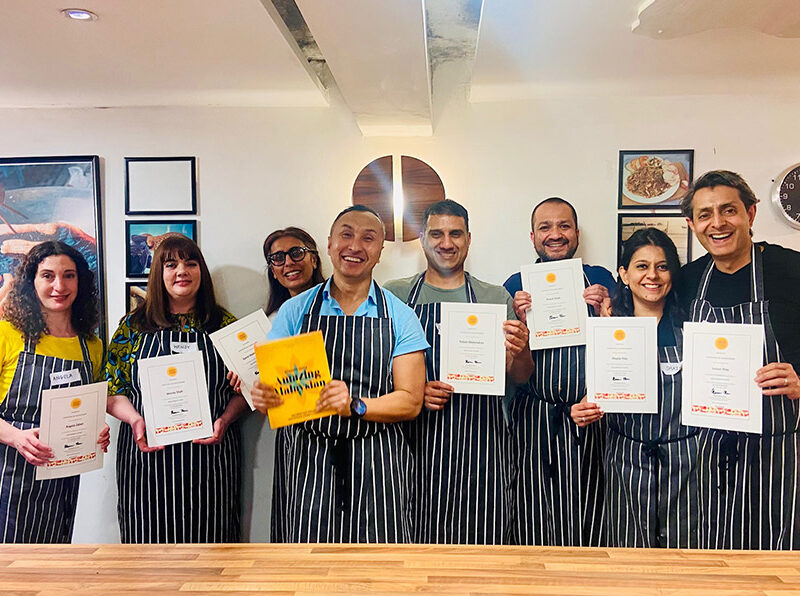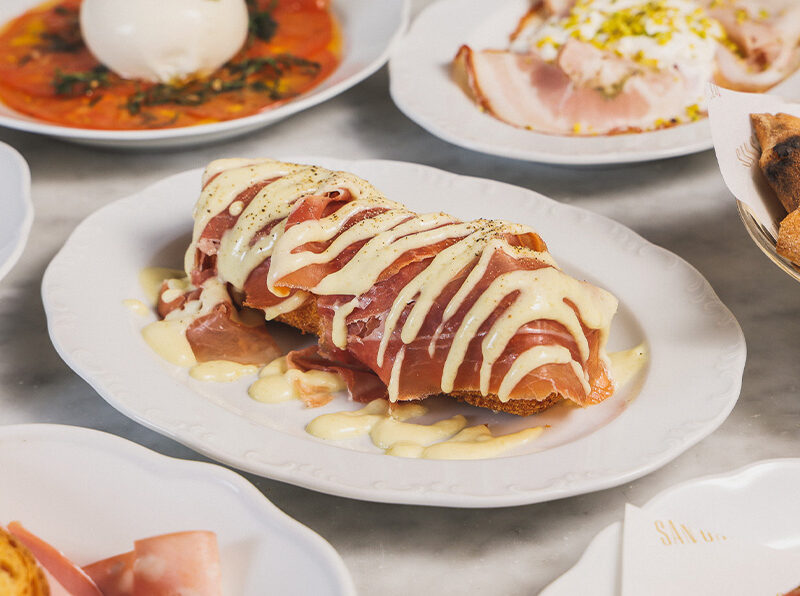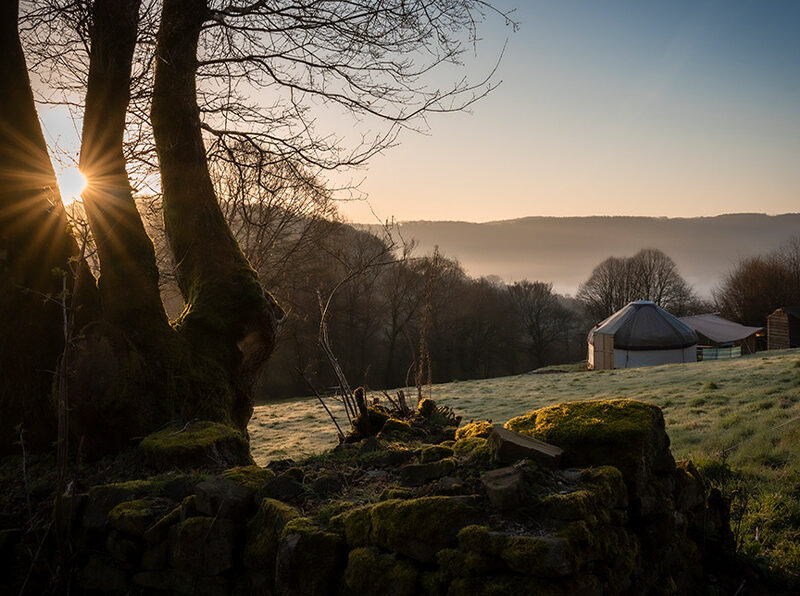
Hotel Byron Forte dei Marmi
Review: Hotel Byron, Forte dei Marmi
Life is sweet on the Tuscan Coast. By Jenny Booth
There can’t be many beaches with as perfect a view as Forte dei Marmi. To one side, the dark blue Mediterranean laps against golden sand; to the other, the white caps of the Apuane Alps rise against the azure sky. And between the sea and the mountains lies some of the lushest and leafiest countryside in Europe, studded with historic cities, hilltop villages, silver-grey groves of olives and vineyards that produce fabulous wines from local grape varieties.
No wonder the Tuscan seaside has always been a playground of the rich. A hundred years ago Italian aristocrats used to bring their families for the whole summer – laughing girls with shingled hair, in sepia photos displayed on our hotel’s walls. Three hundred years ago British lordlings came here on the Grand Tour: the hotel’s name – Hotel Byron – remembers one of its earliest guests. These days it is Italian fashion designers and footballers who have villas in Forte dei Marmi’s tree-lined boulevards. The maritime pines of Giorgio Armani’s garden overlook our breakfast terrace. Other neighbours are super-wealthy Russians and Ukrainians: even Volodymyr Zelensky has a villa here, and the alleged Putin superyacht is moored up the coast. The shore is lined with exclusive beach clubs and thalassotherapy resorts, cushioned loungers set out in rows facing the waves with coloured parasols idly flapping.
So much wealth demands luxury, and the Hotel Byron supplies it. Dinners cooked by Michelin-starred chef Cristoforo Trapani are served in a glass pavilion beside the swimming pool. Each suite is individually decorated, in a variation on the dove grey interiors of the public rooms. Works by resident artists are on display; a teddy bear stabbed through the heart with a breadknife is sculpted from the local Carrara marble – the same used by Michelangelo and Canova. (It’s a jawdropper to learn that the white peaks seen from the beach are actually solid marble, not capped with snow.) A brigade of waiters monitors the breakfast buffet discreetly to bring your coffee almost before you realise you want it, while liveried gardeners water the flowers.
We visited nearby Lucca, a small, ancient city protected by immense defences, whose winding streets seem built of history. Fragments of Roman architecture and the stones of medieval towers are proudly left visible in the walls of more recent town houses. Scores of tiny squares host exuberant medieval churches funded by the silk trade; large, tree-lined piazzas were carved out by Napoleon’s sister. Birthplace of the composer Puccini, Lucca hosts a Puccini festival every July/August; and its famous summer festival, held in June/July, has been headlined by Jimi Hendrix, and the Rolling Stones. Justin Bieber is this year’s main act. Despite its beauty Lucca feels alive, not just a fossil; as we wandered, trills of song drifted from the practice rooms of the music conservatoire, and the click of a loom announced a woman weaving in the window of the silkmaker Zazzi Dallamano,
Sumptuous food and wine are hallmarks of Tuscany, where growers and producers are promoted as attractions. We lunched at Buonamico wine resort, a hilltop vineyard with its own spa, and tasted its structured, pear-scented Montecarlo whites, and substantial reds with layers of oak. But the crowning gastronomic moment was dinner at Ristorante Lunasia in Hotel Plaza e de Russie, the Byron’s sister hotel in the art nouveau seaside resort of Viareggio. Luca Landi, the Michelin-starred executive chef, has one produce garden in the mountains and another by the sea, for their distinctive flavours. His team treated us to a wonder, a plate of seafood disguised as a miniature garden. It was exciting, witty and delicious – the kind of food that lives long in the memory, as indeed does this beautiful corner of Tuscany.
MORE TRAVEL INSPIRATION





